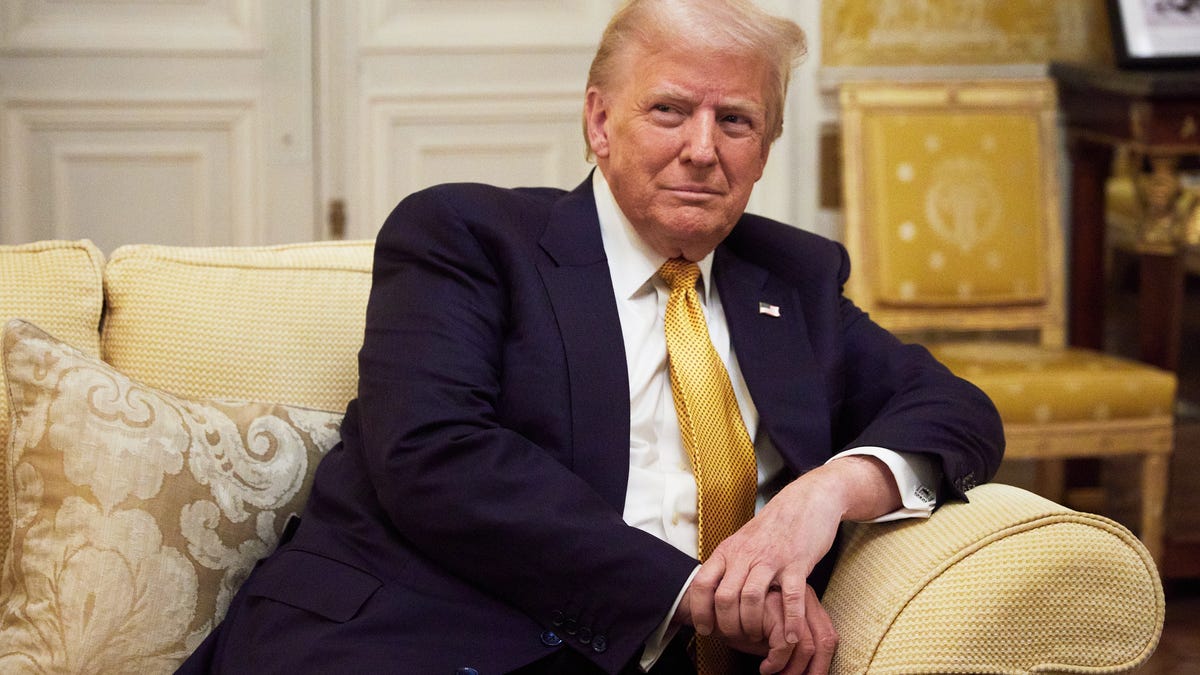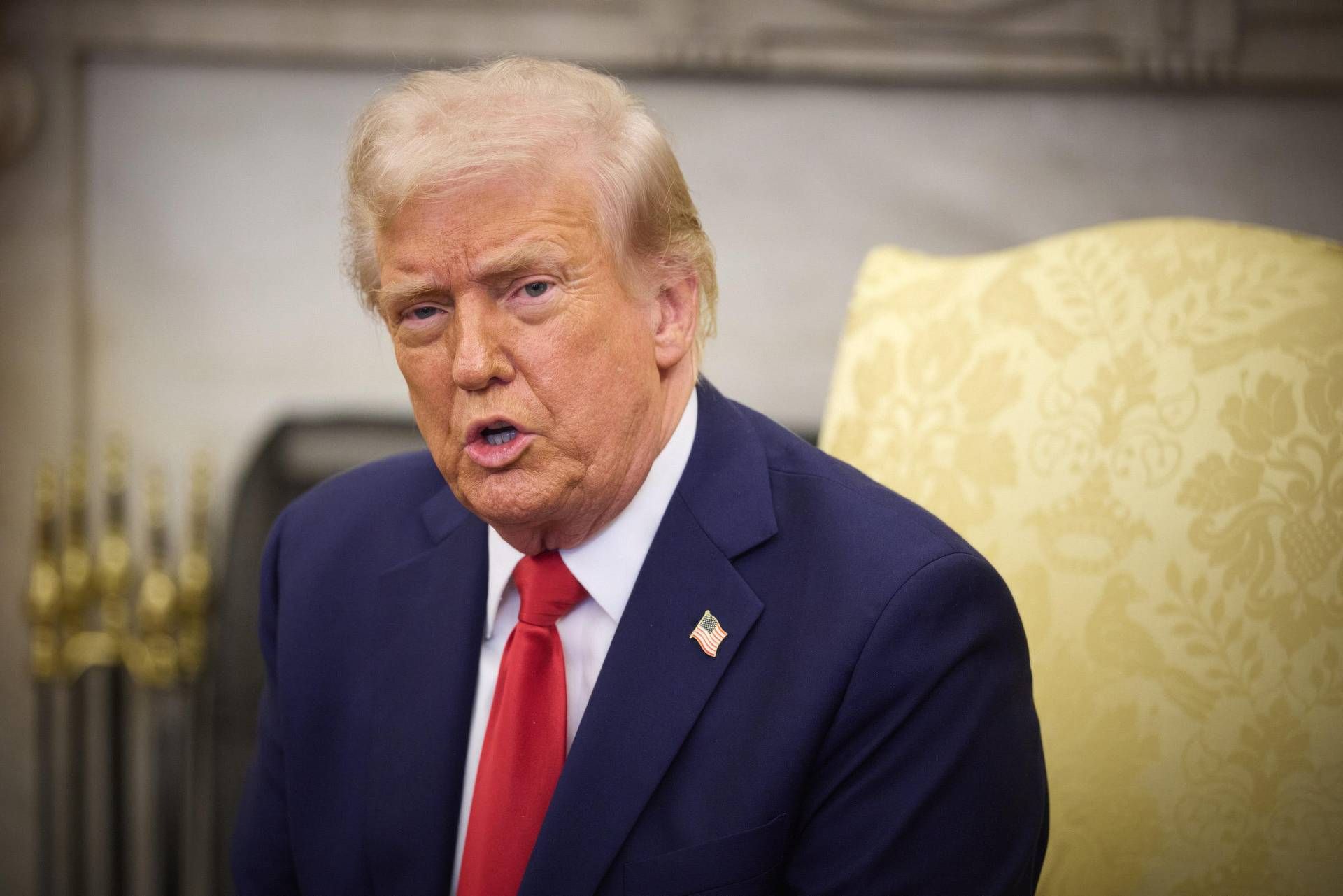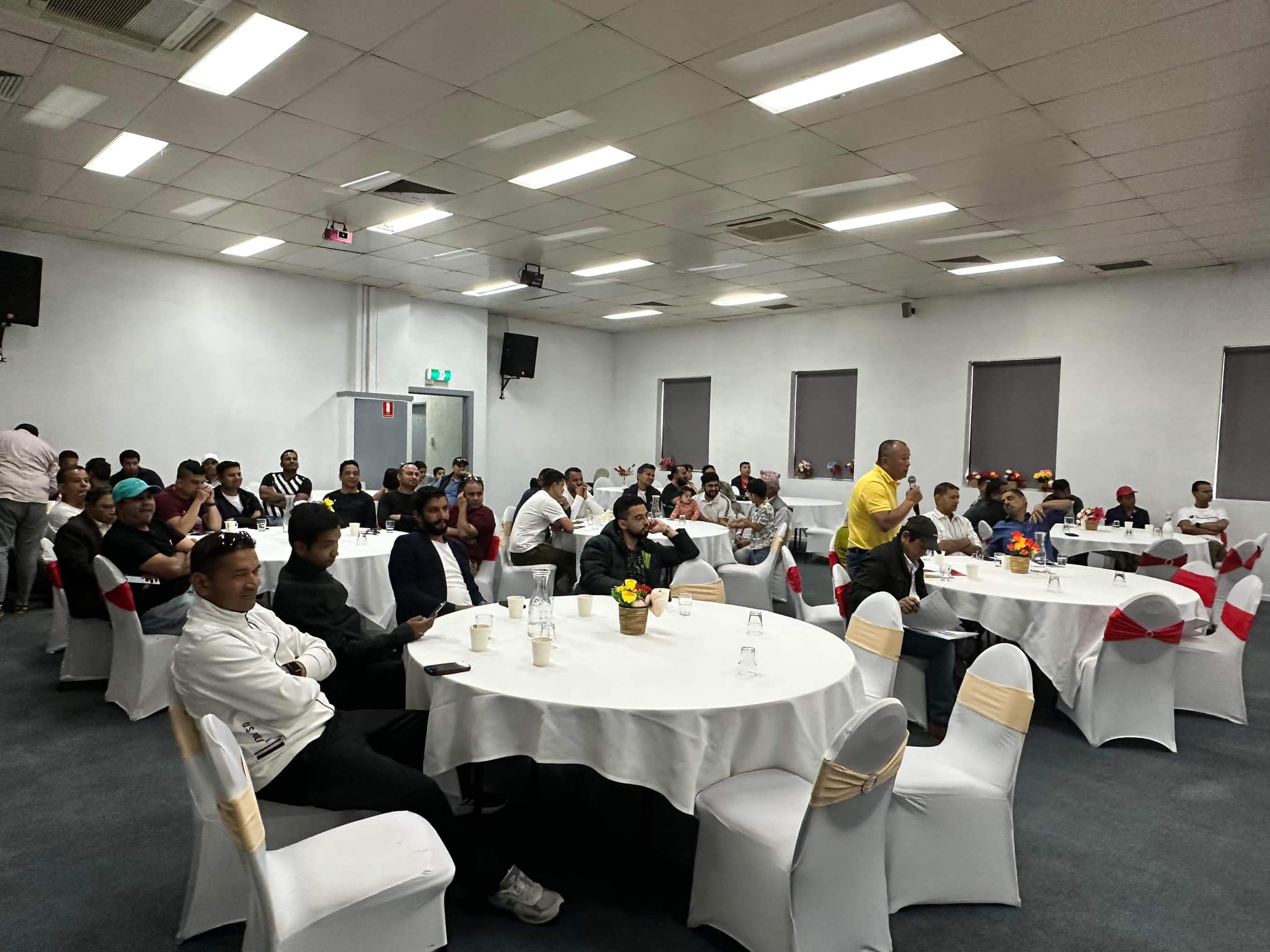Tariffs And The Fed: Jerome Powell's Concerns For Economic Stability

Table of Contents
The Impact of Tariffs on Inflation
Tariffs, essentially taxes on imported goods, exert a considerable influence on inflation, a key factor the Federal Reserve (Fed) constantly monitors. This impact manifests in several ways, significantly complicating the Fed's mandate to maintain price stability.
Increased Prices for Consumers
Tariffs directly increase the cost of imported goods, leading to higher prices for consumers. This is a fundamental principle of economics; when the cost of importing a product increases, that increase is often passed on to the consumer. This can fuel inflationary pressures, forcing the Fed to potentially raise interest rates to curb rising prices.
- Example: Increased tariffs on steel and aluminum directly impact the manufacturing sector, increasing production costs and ultimately raising prices for finished goods like automobiles and appliances.
- Example: Tariffs on consumer goods, like clothing and electronics from China, directly translate to higher prices at the retail level, impacting household budgets and reducing consumer purchasing power. This ripple effect underscores the broad implications of tariffs beyond specific industries.
Supply Chain Disruptions and Inflationary Pressures
Beyond direct price increases, tariffs can disrupt global supply chains, creating shortages and further exacerbating price increases. This adds a layer of complexity to the Fed's inflation targeting, making accurate predictions and effective policy responses more challenging.
- Example: Trade disputes and resulting tariffs can lead to delays and uncertainty, making it difficult for businesses to accurately predict costs and impacting their pricing strategies. This uncertainty can lead to businesses proactively increasing prices to cover potential future tariff increases.
- Example: Reduced availability of certain imported components, due to tariffs or retaliatory measures, can disrupt production lines, leading to higher prices for finished goods and potentially reduced output. This can create bottlenecks throughout the economy.
The Fed's Response to Tariff-Induced Inflation
The Federal Reserve's response to tariff-induced inflation is a delicate balancing act. Its primary mandate is to maintain price stability and maximum employment. However, tariffs introduce significant challenges to achieving these goals simultaneously.
Interest Rate Hikes to Combat Inflation
If tariffs significantly increase inflation, the Fed may respond by raising interest rates to cool down the economy. This is a classic monetary policy tool designed to curb spending and investment.
- Explanation: Higher interest rates make borrowing more expensive, reducing consumer spending and business investment. This reduced demand can help to alleviate inflationary pressures.
- Explanation: The Fed aims to find a balance between controlling inflation and avoiding a recession. Raising interest rates too aggressively can stifle economic growth and lead to job losses. This requires careful analysis and forecasting.
Challenges in Monetary Policy with Tariffs
The presence of tariffs complicates the Fed's ability to accurately predict and respond to economic shifts. The uncertainty created by trade policy makes traditional monetary policy tools less effective and more unpredictable.
- Explanation: The Fed relies on economic data to inform its decisions, and tariffs introduce significant volatility into these data points, making it harder to interpret economic trends.
- Explanation: Uncertainty around future tariff policies makes it difficult for the Fed to accurately forecast inflation and economic growth, hindering its ability to implement appropriate monetary policy. This uncertainty can lead to policy errors.
The Effect of Tariffs on Investment and Economic Growth
The economic consequences of tariffs extend beyond inflation to significantly impact investment and overall economic growth. The uncertainty introduced by unpredictable trade policies creates a chilling effect on business decisions.
Reduced Business Investment
The uncertainty surrounding tariffs can discourage business investment, hindering economic expansion. Businesses may delay or cancel expansion plans due to the unpredictable trade environment.
- Example: Companies may hesitate to invest in new equipment or facilities if they are unsure about the future cost of imported materials, potentially delaying or cancelling projects altogether.
- Example: Uncertainty around trade policies can lead to reduced foreign direct investment (FDI), as foreign companies become hesitant to invest in a country with unstable trade relations.
Slowed Economic Growth
Reduced investment and increased costs associated with tariffs contribute to slower overall economic growth. This can lead to job losses and reduced consumer confidence, creating a negative feedback loop.
- Explanation: Slower economic growth can impact tax revenue, potentially affecting government spending and creating a negative feedback loop.
- Explanation: Reduced consumer confidence due to higher prices and economic uncertainty can further exacerbate the slowdown, leading to decreased spending and further dampening economic activity.
Conclusion
The interplay between tariffs and the Fed's monetary policy is complex and carries significant implications for economic stability. Jerome Powell's concerns regarding the inflationary pressures and uncertainty created by tariffs are well-founded. The Fed faces the challenging task of navigating a volatile economic environment shaped by unpredictable trade policies. Understanding the intricate relationship between tariffs and the Fed is crucial for businesses, investors, and policymakers alike. Staying informed about the Fed's actions and their responses to evolving trade dynamics is essential for navigating the current economic climate and making informed financial decisions. Further research into the long-term effects of tariffs on economic growth and stability is warranted. Understanding the interplay between tariffs and the Fed is vital for making sound economic decisions in the face of uncertainty.

Featured Posts
-
 Dazi Usa Su Abbigliamento Guida Ai Prezzi E Alle Importazioni
May 25, 2025
Dazi Usa Su Abbigliamento Guida Ai Prezzi E Alle Importazioni
May 25, 2025 -
 Is Kiefer Sutherland Joining This New Project Fans Go Wild
May 25, 2025
Is Kiefer Sutherland Joining This New Project Fans Go Wild
May 25, 2025 -
 Atletico Madrid In Sevilla Uezerindeki 2 1 Zaferi Detayli Mac Oezeti
May 25, 2025
Atletico Madrid In Sevilla Uezerindeki 2 1 Zaferi Detayli Mac Oezeti
May 25, 2025 -
 As Monaco Composition De L Equipe Pour Le Match Contre Nice
May 25, 2025
As Monaco Composition De L Equipe Pour Le Match Contre Nice
May 25, 2025 -
 Philips Convenes Annual General Meeting A Comprehensive Report
May 25, 2025
Philips Convenes Annual General Meeting A Comprehensive Report
May 25, 2025
